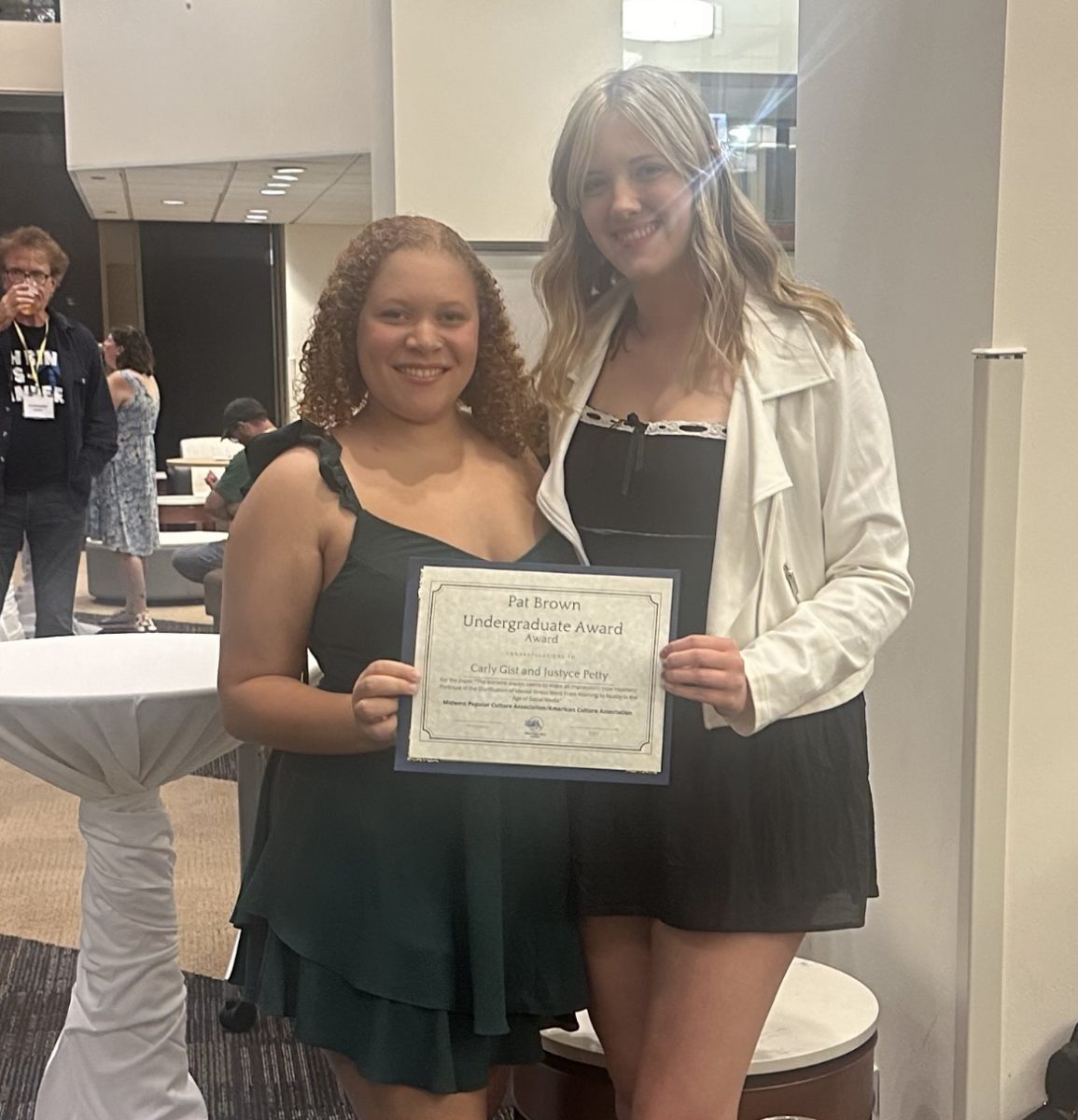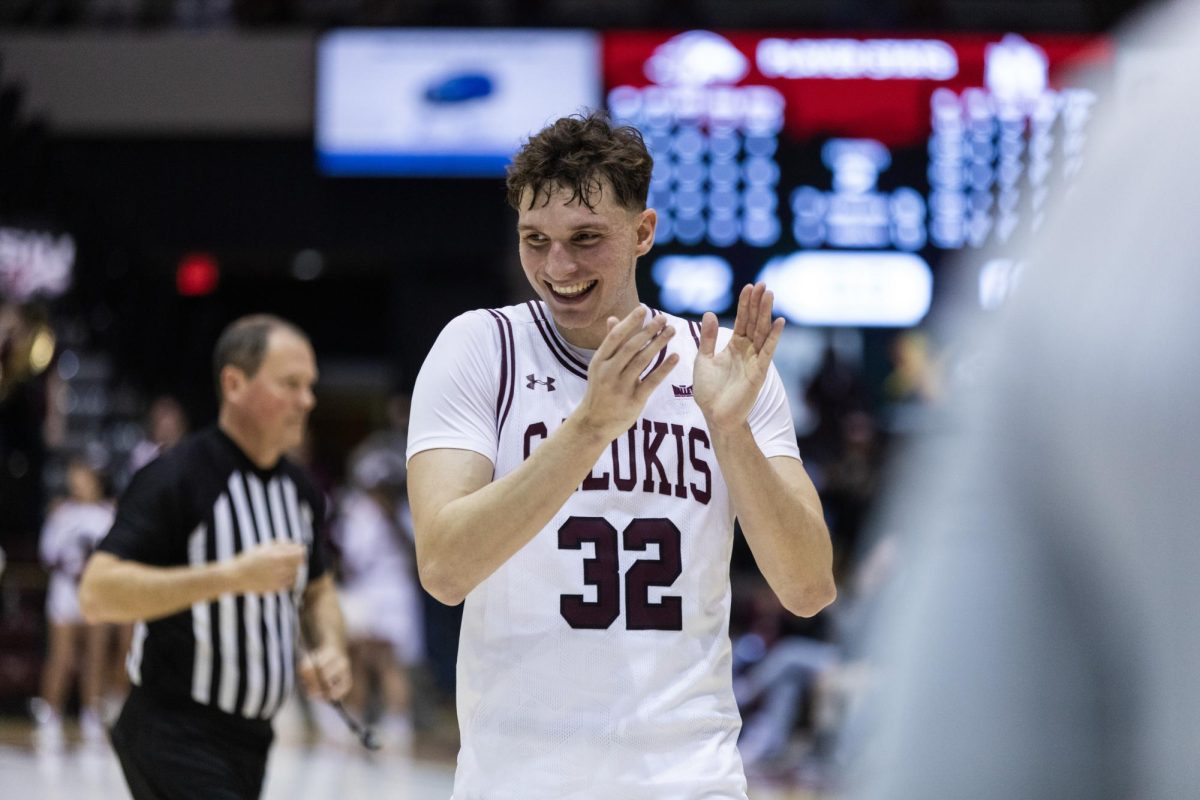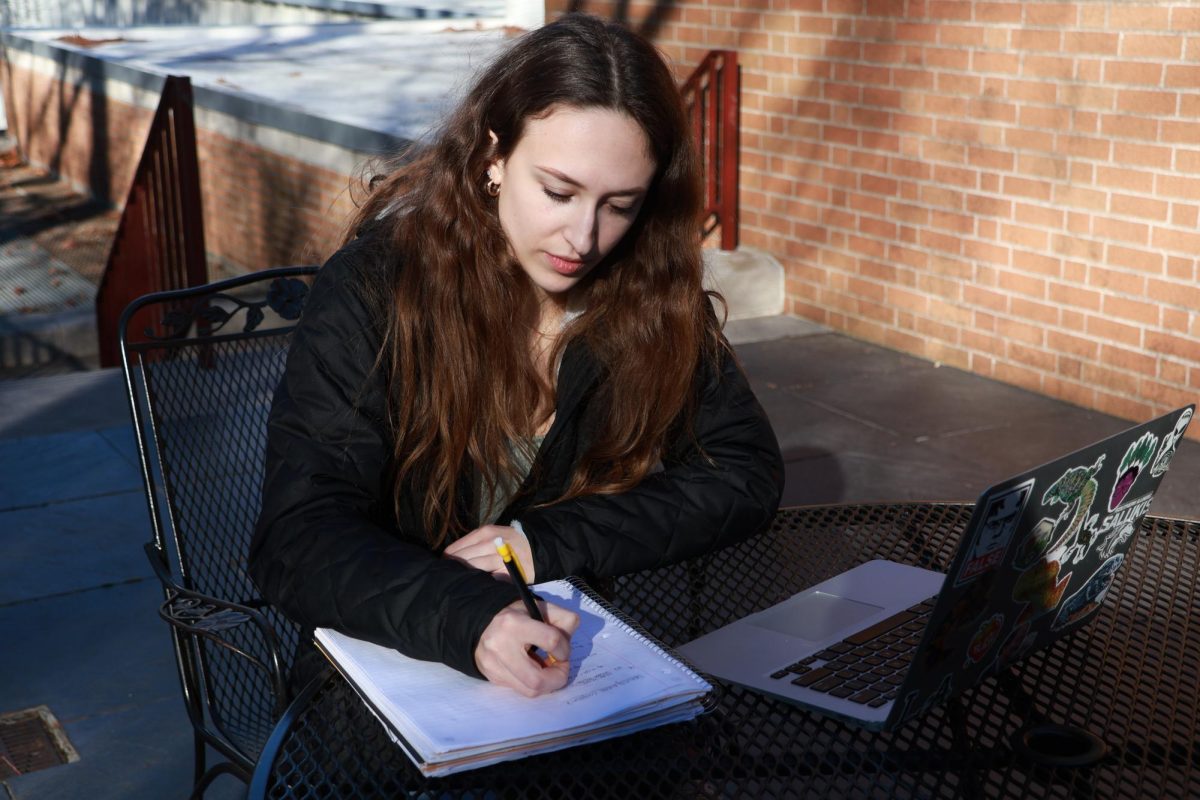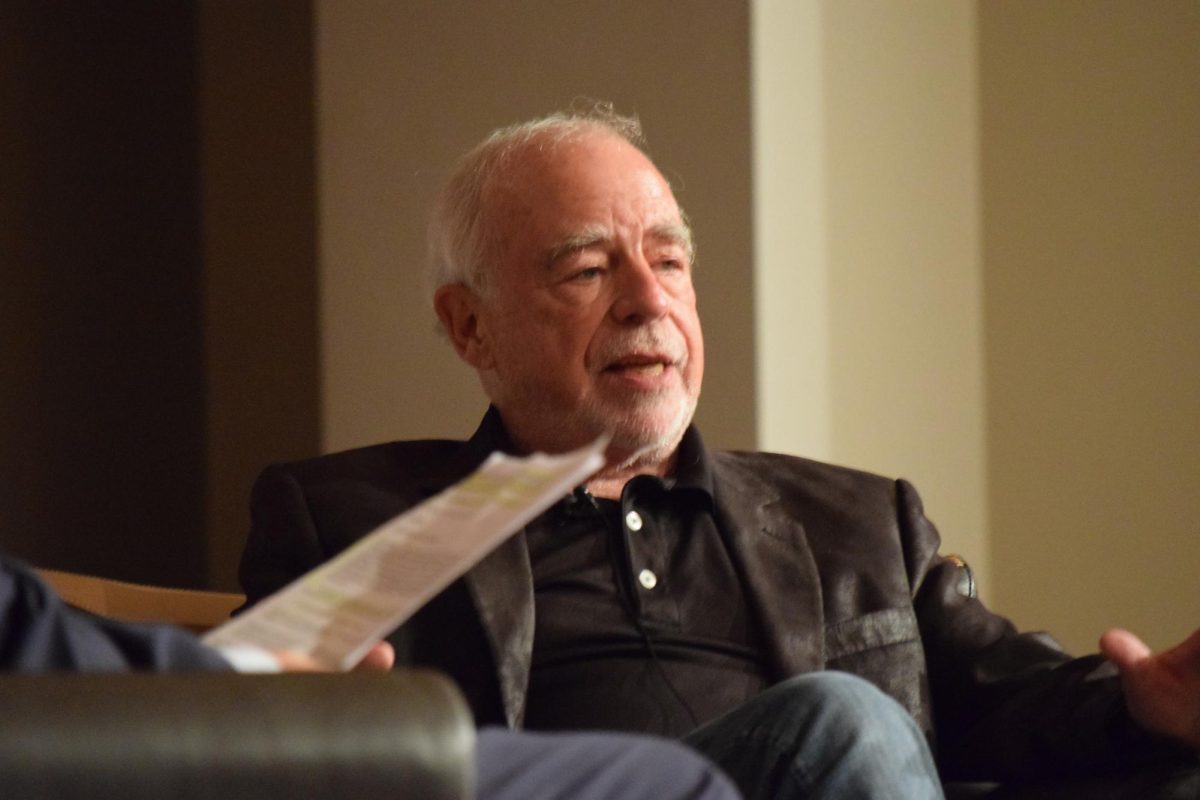The clock strikes 6:30 a.m. on a chilly November morning, jolting Ashleigh Hammon out of her sleep. She rubs her eyes, stretches her arms and slowly gets out of bed, feeling the cold floor beneath her feet. As she shivers in the cold, Hammon realizes that it’s time to get ready for the day ahead.
“I shower and then I make coffee. And then if I have time, I’ll sit and I’ll watch an episode of ‘The Golden Girls’ or even watch a little Halloween movie,” Hammon said.
Hammon is an SIU student who is majoring in mortuary science. She dreams of being a funeral director.
Advertisement
“When my great-grandma passed away in 2020, it was the first time I had lost anybody close to me. It hit hard. I can’t lie,” Hammon said.
Hammon said she didn’t really get to see her great-grandmother before she died because of the COVID pandemic. But Hammon said the funeral home was super nice and they made her great-grandmother look good.
“She looked like she was sleeping, and I was honestly kind of like, ‘Oh my gosh. She doesn’t even look like she passed away,’” Hammon said.
She said this experience had a profound and lasting impact on her life, influencing not only her personal beliefs and values, but also her career aspirations. As a result, she has been inspired to dedicate her life to a career in mortuary science.
“I started really getting interested in it and I wanted to do what these people are doing and to help people like how they had helped me and my family at the funeral home when my great-grandmother passed away,” Hammon said.
Hammon job shadowed at a funeral home.
“We picked up a body from the morgue. We brought them back and I watched the whole embalming process, which was a lot,” she said. “But it kind of reassured me that I can handle this. This is what I want to do because I saw the impact that I really had on the family.”
Advertisement*
Hammon begins her morning routine by attending her first class, Microbiology, which starts at 9 a.m.
“I have that class with Dr. Broomfield and he’s a character,” Hammon said. “He’s had a lot of experience in the funeral industry so that class is basically just talking about different bacteria and pathogens that we can or are going to encounter, possibly in the prep room, and how to protect ourselves from that so we don’t get anything from the bodies.”
Broomfield seems to have an endless supply of fascinating stories about his work experience, according to Hammon. It’s always a treat to hear what he shares, including what she believes to be his craziest story.
“We talked about how much bacteria grows when it’s hot and how bodies die in the summertime and they’re in the house for a few days. It stinks,” Hammon said. “Well, there was a case, a person who died in his home, and it was hot and literally like his face was, like, really disfigured and stuff. And he apparently drank heavily up until that point when he died that it was something with the ethanol and the alcohol and the heat causing him to explode.”
“Broomfield was the one that did the pickup for that, and he said that the police were throwing up because of what happened. Yeah, I would think I would throw up too. But yeah, we talked about a lot of interesting things in that class for sure,” Hammon said.
Hammon has also witnessed a cremation, a rare opportunity which left her and fellow students in awe.
“It was cool because the crematory that’s near our classes just got put in last year. They’ve cremated around 50 bodies,” Hammon said. “That also made me a little nervous. I was like ‘OK, I’m going to see if I can actually handle this.’ I’ve never seen anything like that before, but it’s actually really cool to watch. I can’t even lie. There’s a little peephole in the door so you can monitor and make sure that the body is doing OK. So, it was cool to look at.”
She also shared a fun fact that she learned from the class.
“The Greeks were the first people to ever do cremation, which I thought was cool because cremation really used to be looked down upon, you know, especially like Catholic people,” Hammon said.
At 10 a.m., Hammon walks into the Selection Room, which, like most of her classes, is in the Applied Sciences and Arts Building. It is a meticulously designed space meant to mock what that environment is like in a real funeral home. The room is spacious and has ample lighting that highlights every intricate detail of the caskets on display.
“Normally, when you have a family member that passed away you get to go in there and pick out things that you need for the funeral,” Hammon said. “We have the mock one, so we can practice making arrangements with our professors.”
The selection room has many caskets, with all of them laid out, some in full size. The faux customers can take a closer look and appreciate the level of craftsmanship that goes into each casket’s construction.
“There’s a bunch of different types of caskets in there, not like full caskets but just like the ends, so you can get an idea of what the outside and inside looks like, but we also have urns in there and we have a small coffin from the Victorian era. I don’t know how they got this thing, but it is nice-looking and old,” Hammon said.
By 11 a.m., she’s already geared up for her next class – Mortuary Relegations – and ready to dive into the fascinating world of deathcare.
“Regulations are rules that are put in place to make sure the deceased are protected and that we’re protected in the workplace when we’re interacting with bloodborne pathogens,” she said. “We’ve talked about the Anatomical Gift Act, which is the body donation program that goes to medical schools so they can use them as cadavers to teach the medical students and it also teaches us how we use bodies.”
The students work with bodies that are donated, not to the medical school, but to the mortuary programs specifically.
“Those are the ones that we work on in the embalming lab or during cremation, which I haven’t gotten to yet unfortunately. That’s for my junior year,” Hammon said.
At 2 pm, she attends her final class of the day: Orientation to Funeral Services, located in the Agriculture Building.
“In that class, we talked about the history of reaching people all around the world and how they first dealt with doing funerals at the beginning of time, and how people have memorialized their dead,” Hammon said.
She said she learned that elephants could display deep emotions and empathy for their dead.
“This is one of the first things to talk about in our class, that elephants can recognize elephant bones as their own [herd’s] and they will mourn those bones when they see them, and it’s really interesting because, you know, like other bones from other animals or humans or whatever they see, they don’t care. But they saw their own bones and recognized that an elephant had died,” Hammon said.
As her day of classes comes to an end, her fraternity work begins. Hammon is part of Sigma Phi Sigma, a business mortuary science fraternity that specializes in community service and cleaning up cemeteries. Recently, members had an event called the Death Café where everyday people can come by and talk about death in a safe place.
“Whether you have questions about the reading process or just how funerals work in general, you can ask, and we just want to sit down and answer questions and have an open space to talk,” Hammon said.
After all the day’s duties, Hammon then listens to music to wind down and relaxes for the next day ahead.
Advertisement











